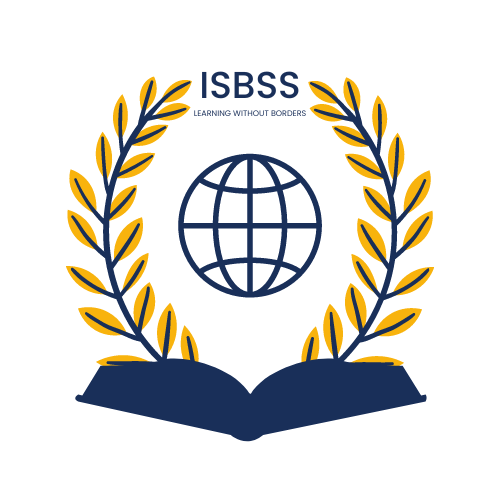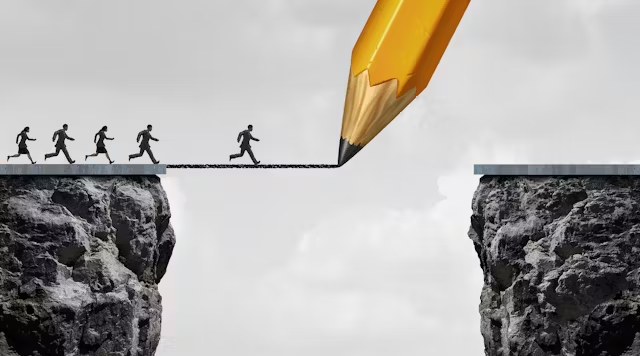
The Cost of Inaction: What We Lose by Neglecting Global Education
“Knowledge is power.” – Francis Bacon
Education is a fundamental pillar of economic and social development. Yet, millions of students worldwide are deprived of access to quality education, particularly in developing regions such as West Africa, Southeast Asia, and parts of Europe. Inaction in the face of this crisis has profound consequences not only for individuals but also for societies and the global economy. This article explores the harmful effects of neglecting education and highlights the missed opportunities when necessary measures are not taken.
1. Missed Opportunities
a) An Untapped Talent Pool
According to UNESCO data, approximately 258 million children, adolescents, and young people were out of school worldwide, representing 17% of this population. This proportion is even higher in low-income countries.
At the peak of the pandemic in March-April 2020, around 1.6 billion children and young people were deprived of education due to school and university closures, nearly 91% of the world’s youth. Among them, nearly 500 million had no access to remote learning, exacerbating existing inequalities in education.
Every child deprived of education is a potential left unrealized. Education helps develop the skills needed to innovate, create, and contribute to society. By failing to act, we deprive the world of millions of talents who could become scientists, teachers, entrepreneurs, or political leaders.
b) Missed Innovations and Enterprises
Education fosters innovation by equipping individuals with the tools to solve problems and create new solutions. Without access to education, societies miss the opportunity to witness the emergence of businesses and technologies that could improve quality of life and drive economic growth.
In sub-Saharan Africa, over 20% of children aged 6 to 11 and more than 33% of those aged 12 to 14 are out of school. For the 15-to-17 age group, this rate reaches 60%.
These low enrollment rates limit the development of essential skills for innovation and entrepreneurship, hindering the creation of innovative enterprises.
2. Growing Inequalities
a) A Widening Gap Between Nations
Developing countries that fail to ensure access to education fall further behind developed nations. The technological and economic gap widens, limiting these countries’ competitiveness and participation in the global market.
Between 1960 and 2020, the global GDP per capita tripled, while in sub-Saharan Africa, it grew by only 0.5%.
Despite abundant mineral resources, countries like Gabon and the Democratic Republic of Congo (DRC) saw their GDP decline between 1970 and 2020.
In Nigeria, one of the world’s largest oil producers, 30% of the population lives below the poverty line, compared to the global average of 9%.
Lack of education limits individuals’ ability to develop innovative solutions, leading to lost economic growth and competitiveness for emerging countries.
b) Social Instability and Lack of Opportunities
Limited access to education leads to increased unemployment, poverty, and, in some cases, social instability. When a large number of young people lack learning or employment opportunities, it can result in social tensions or even conflicts.
This instability is evident in the Democratic Republic of Congo (DRC).
Despite producing 70% of the world’s cobalt—an essential metal for batteries—two-thirds of the DRC population live on less than $2 per day. The country’s GDP per capita has even halved in recent years. Greater access to education could transform this wealth into economic opportunities for its people.
3. Global Consequences
a) A Loss of Diversity in Global Industries
The lack of diversity due to educational inequalities limits businesses’ ability to understand diverse markets and meet the needs of a global clientele.
Studies show that increased diversity in work teams enhances productivity and innovation. A 2020 McKinsey report found that companies with ethnic and cultural diversity in leadership teams were 36% more likely to outperform financially compared to less diverse competitors.
Education fosters diversity of ideas and perspectives in global businesses and industries. By depriving certain populations of access to education, we lose essential voices and contributions to innovation and progress.
b) Long-Term Economic Impact
According to a study by the “Future Africa and Innovation” program of the Institute for Security Studies, improving education in Africa could reduce the number of people living in poverty by approximately 47 million by 2043 and increase GDP by $368.4 billion, representing a 4.3% rise.
Furthermore, an OECD study indicates that one additional year of schooling can increase a country’s GDP by 0.37% in the long term. This underscores the importance of investing in education to boost economic growth and the competitiveness of global industries.
A poorly educated population results in a less skilled workforce, reducing productivity and economic growth. Countries that fail to invest in education see stagnant GDP and often rely more on international aid.
Conclusion
The cost of inaction in education is enormous. It is not just an individual loss but a missed opportunity for society as a whole. To ensure a prosperous and equitable future, governments, international organizations, and the private sector must invest heavily in education. Populations in emerging countries could gain the knowledge needed to claim their economic rights.
ISBSS is committed to facilitating access to education in emerging countries to improve living conditions.
The urgency is real, and it is time to act before the consequences become irreversible.



